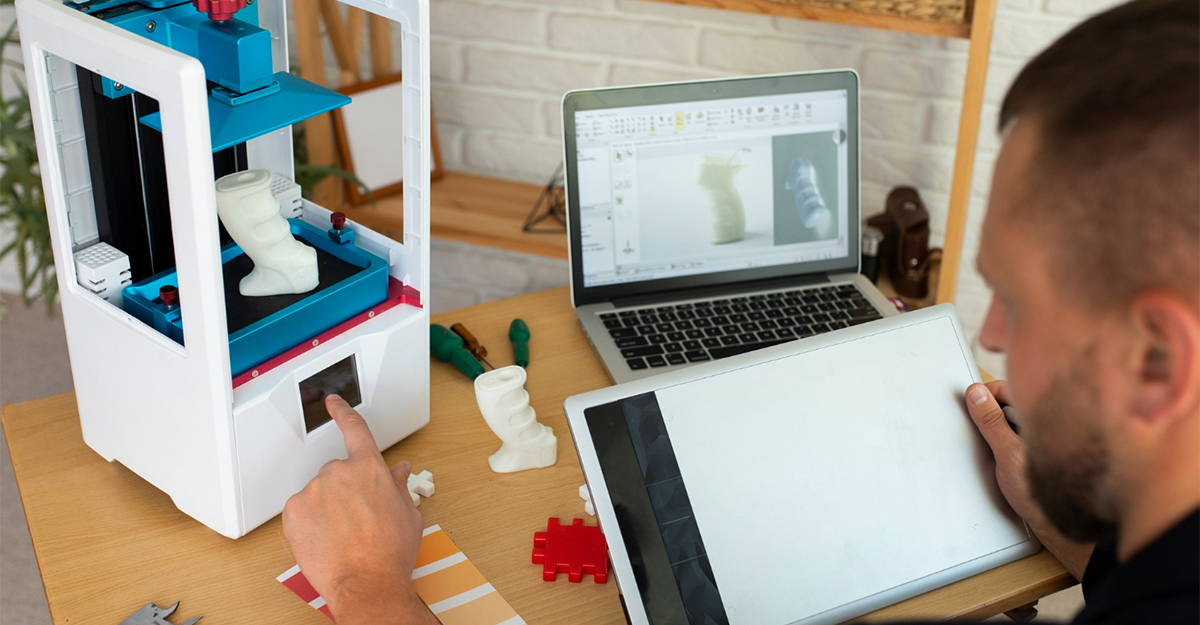
Choosing the Right Mold for Your Product
When it comes to manufacturing a new part, selecting the right type of mold is one of the most critical decisions you’ll make. The mold you choose impacts everything from production speed and part quality to overall cost and long-term tool life. Whether you’re producing consumer goods, automotive components, or medical devices, the right mold design ensures efficiency, accuracy, and scalability — while the wrong one can lead to delays, excessive expenses, and even product failure.
The first step is to evaluate your material choice and production volume. If you’re working with plastic and planning high-volume production, a plastic injection mold is typically the best fit. It offers excellent consistency, fast cycle times, and high durability over long production runs. For lower volumes or testing purposes, soft tooling like aluminium molds or even silicone molds for prototype casting can be more economical and quicker to produce.
Next, consider the part complexity. If your part has simple geometry, an open-and-shut mold may be all you need. However, if it includes undercuts, threads, or complex features, you’ll need more advanced mold types such as slide and lifter molds, unscrewing molds, or even 2-shot molds for parts that require multiple materials. Choosing a mold that matches the geometry will not only ensure quality but also reduce secondary processing and assembly time.
Another factor to weigh is tolerance and surface finish requirements. If your part requires tight tolerances, precision molds with advanced gating, venting, and cooling systems are essential. In these cases, investing in a higher-grade mold with conformal cooling or hot runner systems can save you significant time and money during production by reducing scrap rates and shortening cycle times.
Budget and lead time are also key considerations. Some mold types, like collapsible core or two-shot molds, are more expensive and time-intensive to manufacture. While they offer superior performance for specific applications, they may not be necessary for every project. A qualified mold designer can help you evaluate your ROI and choose a tooling solution that balances upfront cost with long-term savings.
Finally, always think about future needs. Will this part evolve into other versions? If so, a modular mold base with interchangeable inserts might be ideal. It gives you the flexibility to make updates without starting from scratch.
Choosing the right mold isn’t just a technical decision — it’s a strategic one. With expert guidance and a clear understanding of your product’s goals, you can select a mold design that supports quality production, faster timelines, and reduced manufacturing risk.
